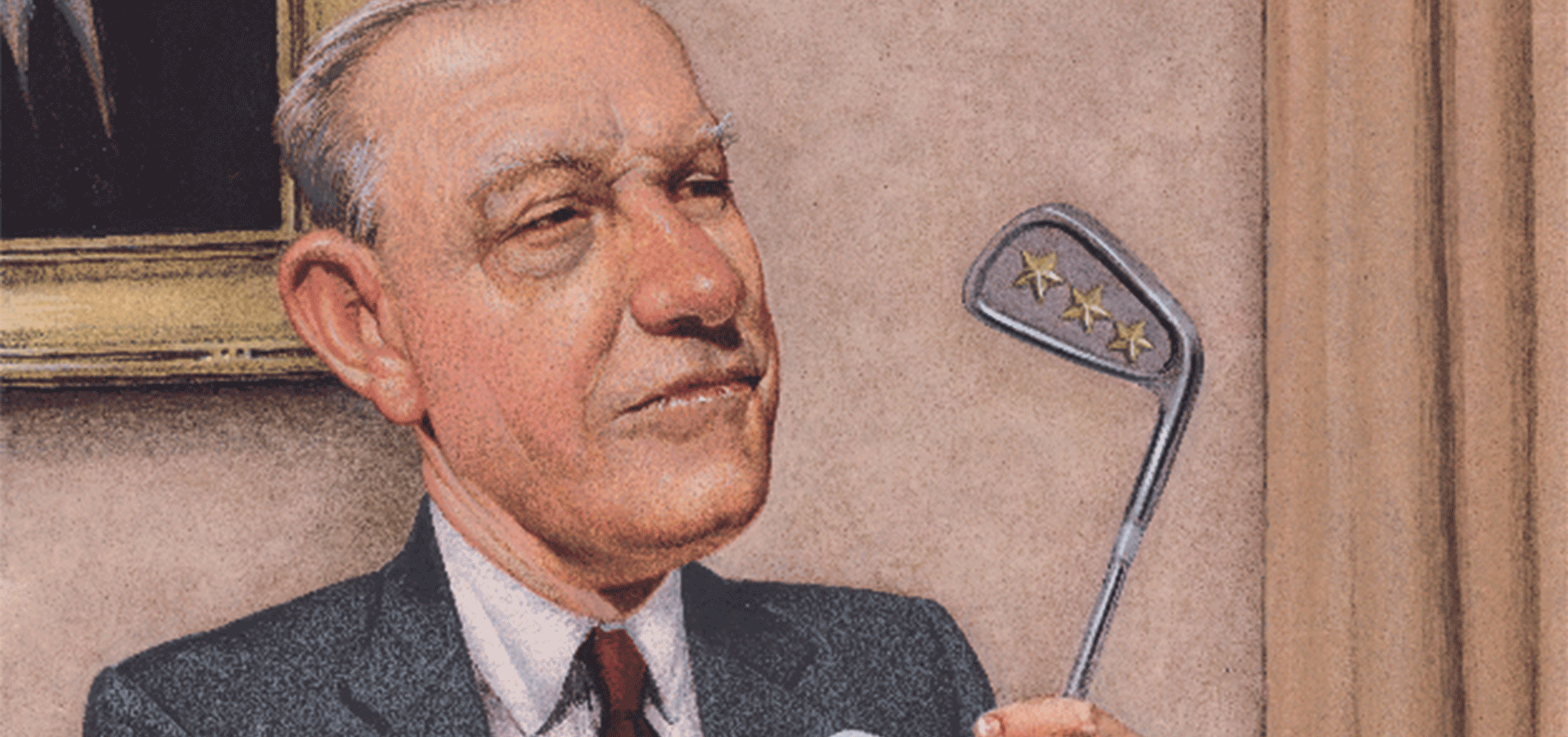This article discusses six types of leadership discovered by Daniel Goleman. Leadership can be viewed in many ways and there are four main groups of theories according to which leadership can be analyzed. Generally speaking, leadership styles have been studied according to
- personality traits of the leader,
- the behavior of the leader,
- influence and power of the leader and
- contingency
Daniel Goleman is a world renowned psychologist specializing in emotional intelligence. He conducted research on a population of 3,871 executives to derive his model. According to (Goleman, 2000), there can be six types of leadership, i.e.
- Visionary
- Coaching,
- Democratic,
- Affliative
- Pacesetting,
- Coercive
Coercive type of leadership
The simplest form is the coercive leadership because in this type a person with authority can demand absolute compliance with the orders at all cost. If the leader precisely knows what needs to be done to achieve the goals he /she can simply demand compliance to the orders and get the job done. In specific situations like emergency, urgency and crises this style might be the best because in some situations there is no option other than getting strict compliance at short notice.
Visionary type of leadership
In the visionary leadership style the leader shares a vision with the followers and aims at getting them to follow a common vision along with him / her. This is the best form of leadership and has a very positive overall impact on the environment. This style works best in situations where people are willing to perform but need a direction and inspiration to move towards a positive change.

Affiliative type of leadership
Affiliative leadership works by using psychology of the followers and by creating feeling of empathy and warmth and creating an emotional bond with the followers. This approach can have a very positive effect too and this style of leadership can especially be used for solving conflicts and dealing with stressful situations.
Democratic type of leadership
Democratic form of leadership attempts at getting opinion from people and making all decisions on basis of the will of the majority. This style has a positive impact but it can backfire where the majority might have vested interests in taking wrong decisions.
Pacesetting type of leadership
Pacesetting involves leading by example and trying to get prompt action from a team of very competent and motivated people. Its overall impact can be negative if the people are not as competent or motivated as perceived. .Coaching involves leadership by teaching and mentoring the followers and this can have a positive impact provided the leader has ample time at hand
- Goleman, D. 2000, ‘Leadership that gets results’, Harvard Business Review, 78 (2), pp. 78-93.
- Goleman, D., Boyatzis, R. E. & McKee, A. 2004, Primal Leadership: Learning to Lead With Emotional Intelligence, Harvard Business Press.
- Goleman, D., Peace, W., Pagonis, W., Peters, T. & Gareth, J. 2002, Harvard Business Review on Breakthrough Leadership, Harvard Business Press.
